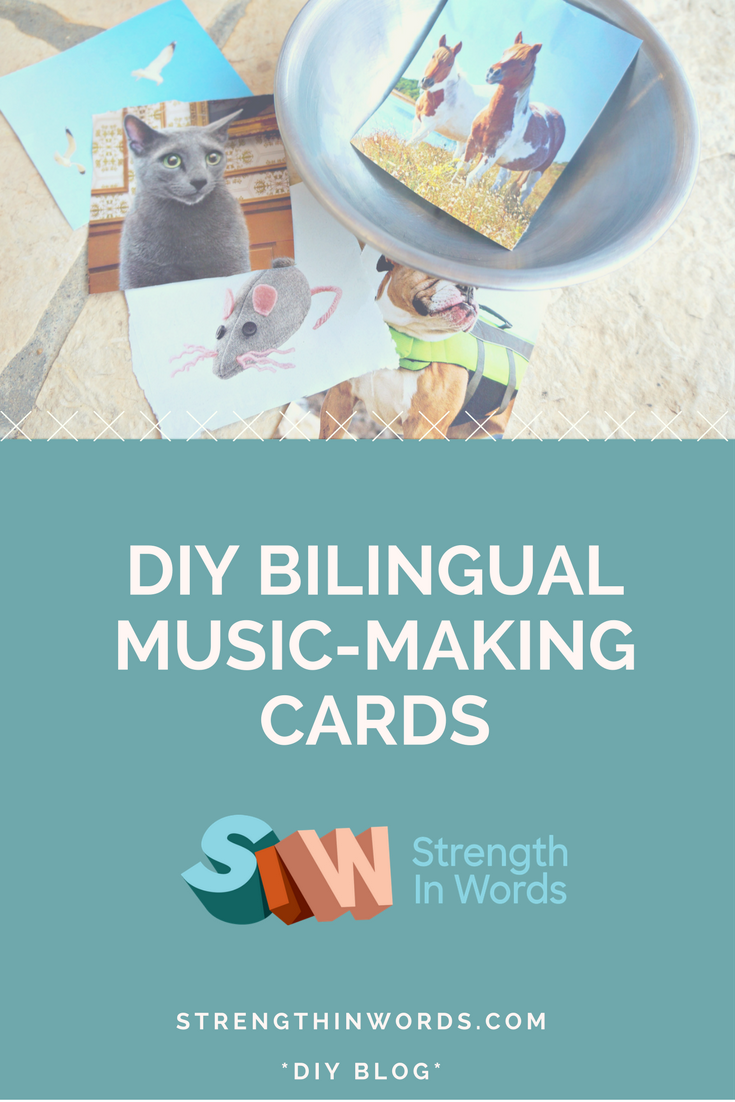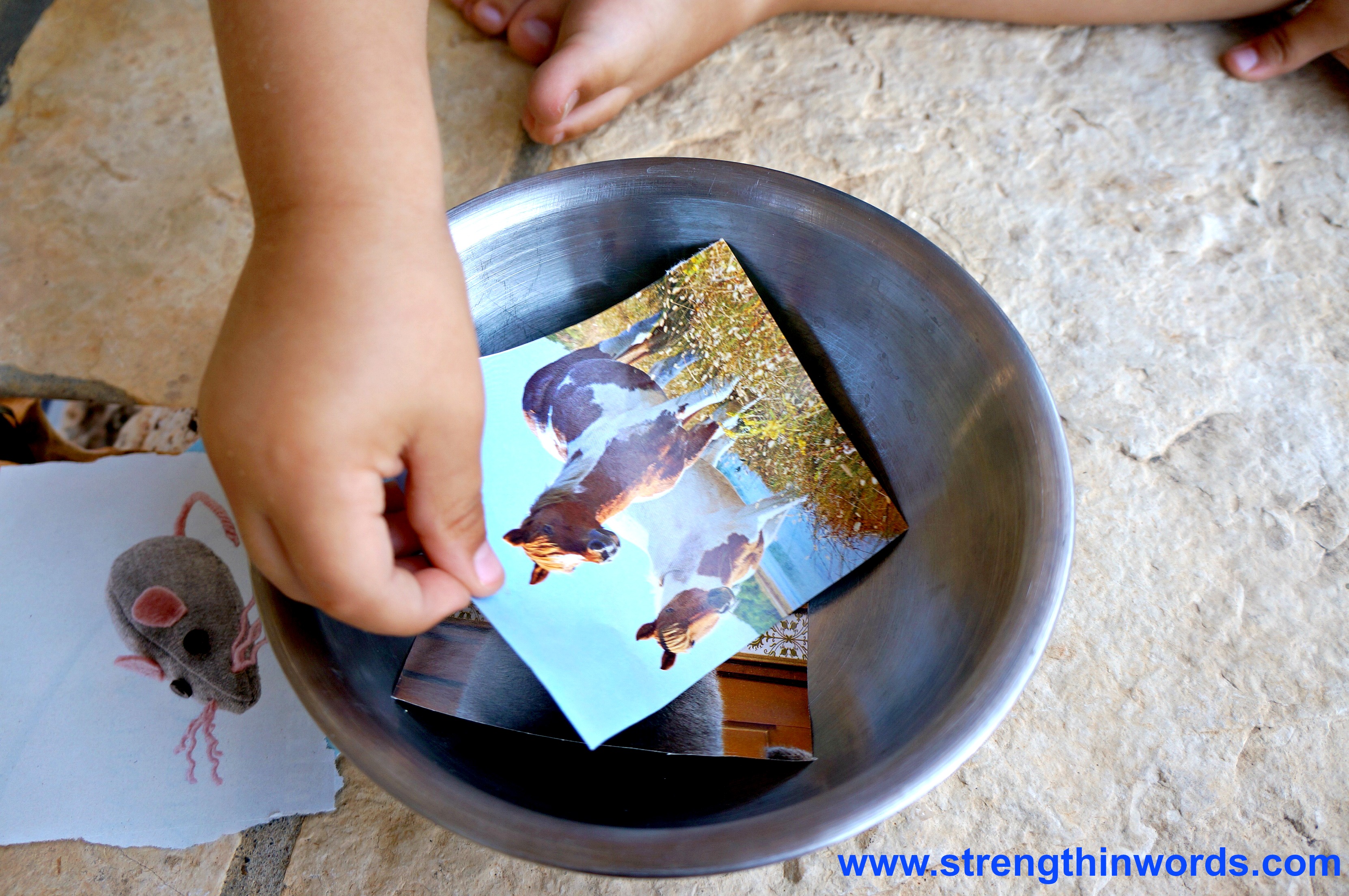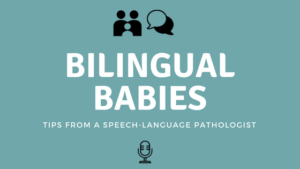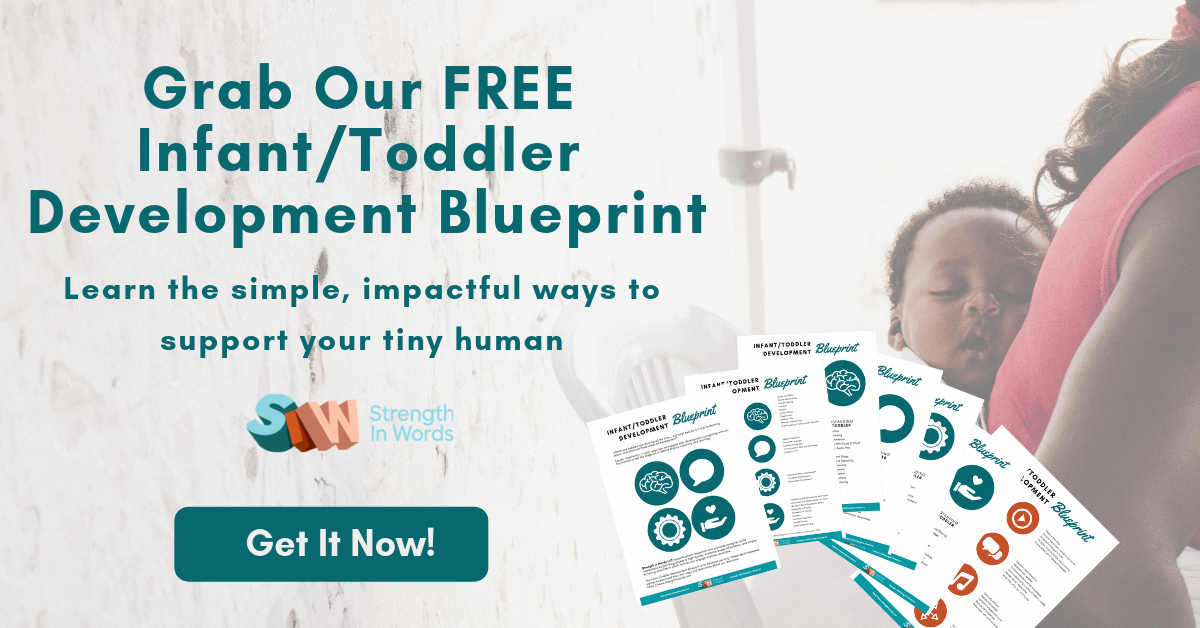“My partner and I grew up in two very different cultures and speaking two different languages. We also live in a place where the dominant language is not either of our original languages, but we both speak it fluently in our community.
When our daughter was born, we both felt strongly about exposing her to our own “home” languages… it actually wasn’t something we talked about with each other before hand, it just sort of happened that our daughter became multilingual.
There’s a lot of conflicting information out there about raising bilingual or multilingual children, but I guess we just went with what felt right for our family.”
Our world is getting smaller, and our access to it is getting easier and easier. Across the globe, so many of our families are made up of multiple cultures and languages.
Being part of a bilingual or multilingual family is becoming more and more common… yet, there are still so many misconceptions and questions about how to raise a bilingual child.
As a pediatric speech-language pathologist, I’ll tell you a little secret: the most important factors that influence language learning for a multilingual child are the same factors that influence that of a monolingual child.

The “secret sauce” that influences language learning is made of:
Frequent, rich interactions with primary caregivers, frequent opportunities for learning through activities that engage multiple senses, and repetition – with variation.
The only real difference is that the child needs these opportunities in more than one language.
In this week’s corresponding Learn With Less podcast episode, “Bilingual Babies,” we discussed a few aspects of “best practice” when it comes to the two major types of bi/multilingual language learning (simultaneous & sequential language learning), and I modeled a few musical activities that can help you encourage that language development with your infant or toddler.
In one of those, we took images of animals (which could be the same we created from our “DIY Animal Images” choice-making activity), and sang about them in two different languages, making their animal sounds.
We added the element of choice-making to both give your infant or toddler a more active role in the activity, as well as to help you reinforce the vocabulary in the song!
Any simple song about animals (or objects that make a sound, for that matter!) can be used, but you can listen to the episode to hear the one I used.



Don't Miss our Corresponding Podcast Episode!

Materials to create your DIY bilingual music-making cards:
- A search engine and printer, OR old magazines/catalogues/books/wrapping paper you’re willing to cut up OR pre-made animal flashcards – ensure that your baby can really see the image (should be at least 2 or 3 inches for young babies)
- Protective sheet protectors or more durable reinforcement (card stock or individually sized cardboard from an old box + tape)
- A small basket, box or bowl to keep the loose image cards
Instructions to create your DIY bilingual music-making cards:
- Find the images you desire and print or cut them out, as the case may be.
- Affix them to the reinforced surface that works best for you!
- When you offer them, hold them up two at a time, far enough apart that you can see your baby distinctly looking at each one and close enough for your baby to be able to move toward / reach either one. Alternatively, lay two to three out on the floor in front of you while you face your little one.
- You might take turns choosing which image to sing about next, or simply let your little one choose. Once your baby has indicated which one she prefers, go ahead and sing about that animal, including both the name of the animal and the sound it makes (reinforcing the idea that everything has a distinct name and can be associated with a particular sound or attribute).
- Ensure that your partner or another caregiver who speaks a different language with your baby will sing the song in another language, giving the opportunity to hear the same melody and engage in the same activity, using another set of vocabulary! This allows your baby to learn two different sets of vocabulary through the same social routine.
Ages
- From around 4 months old, babies typically develop “binocular vision,” allowing their eyes to work together and see farther than the previous 12-14 inches. Around this time, fine motor control and dexterity in the hands also tends to develop enough to allow your baby to reach and grasp (and mouth!).
- An emergently verbal infant or toddler may also offer the animal noise or even the name of the animal if you pause before you normally say that word (as we discussed and modeled in our episode, “The Power Of The Pause“). Remember that it is often normal for a young child who is learning multiple languages to transfer the rules or vocabulary of one language to another, so if your child offers the correct name of the animal in the other language, you can validate and reinforce the word in the language in which you’re speaking (“that’s right, it’s a vaca – it’s a cow! Moo!”) instead of simply correcting him.
This post contains affiliate links. All activities described by Learn With Less assume close supervision of the child by an adult.


I had no idea that you were also a bilingual (trilingual) family. Music is such an amazing way to reinforce language learning. Making music cards is such a fun idea. Off to check your podcast for this week!
Thanks, Isabel! Hope you enjoy it – you’re certainly my target audience 🙂